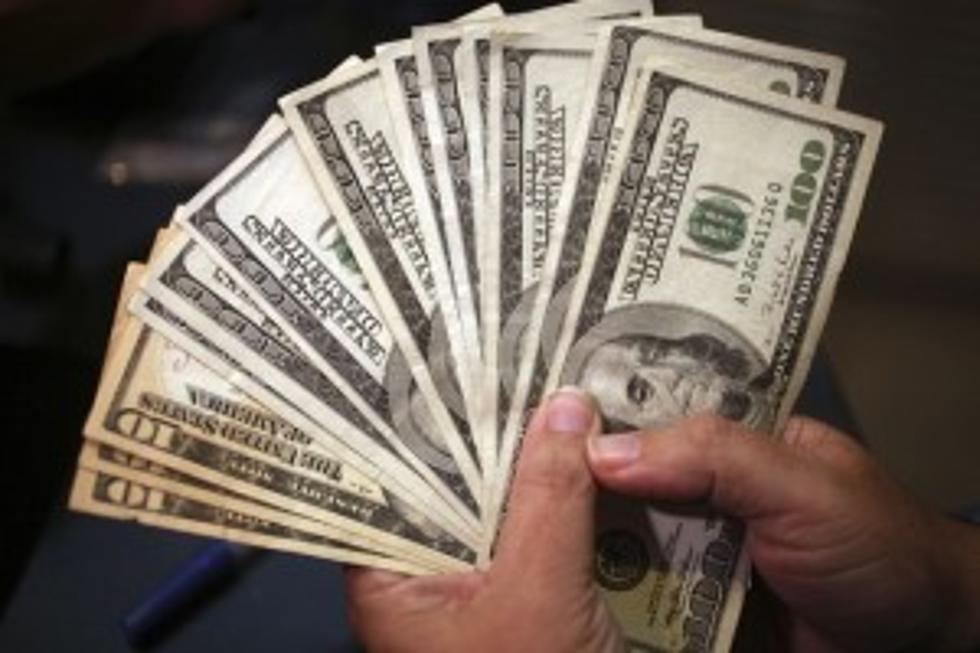
How Much Money Will a Bad Credit Score Cost You? — Dollars and Sense
Savvy consumers know having a higher credit score means getting a lower interest rate and paying less over the life of a loan — but how much less?
FICO scores — the gold standard for credit worthiness — range from 300 to 850, and generally, people with a score below 720 have a harder time being approved for loans. And even if they do get them, those borrowers typically wind up with higher interest rates.
Currently, almost half of consumers have a FICO score below 700, and nearly a third have scores in the 550 to 699 range. So how does that shake down when it’s time to write those monthly payment checks?
Here’s an example: people with at least a 740 score pay an average of 3.2 percent interest on new car loans. When they finance $10,000 over five years at that rate, their monthly payments will be about $181, with roughly $860 in interest paid over the life of the loan.
But if your score is below 680, you could be dinged with a 12.5 percent interest rate, which would make your monthly payments around $227. That may not sound like much of a difference, but by the time you’re done paying off that $10,000 in five years, you’ll shell out a whopping $3,620 in interest — an extra $2,760 compared to the borrower with pristine credit.
For mortgages, it’s even worse. Those with scores between 620 and 639 will pay thousands more every year in interest — assuming they can get a loan at all.
More From 97.3 The Dawg







